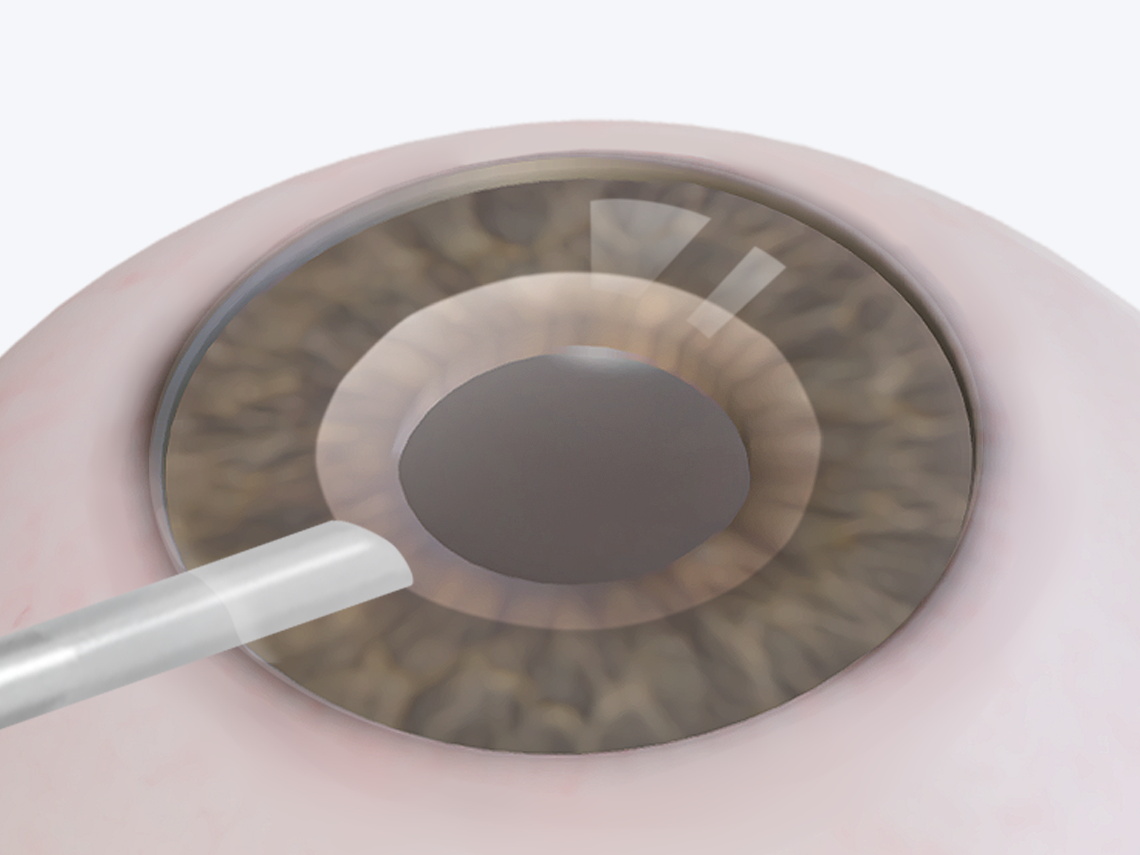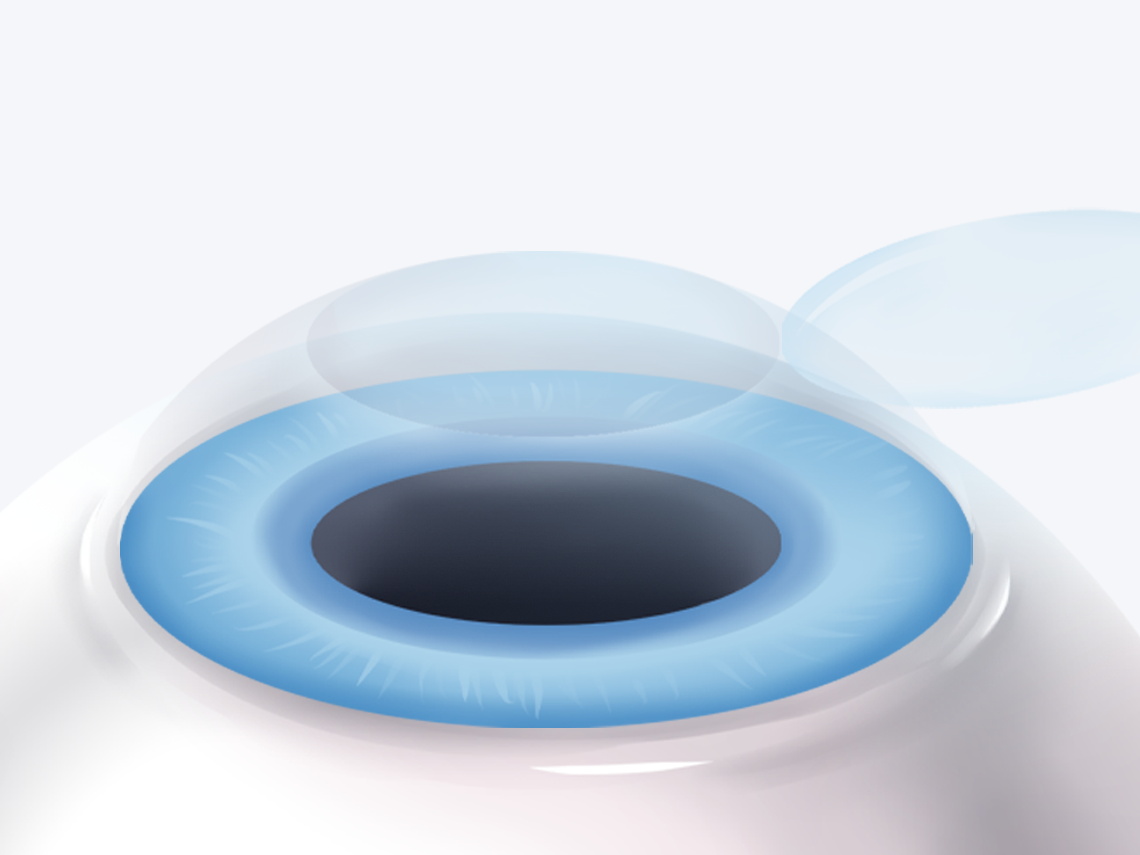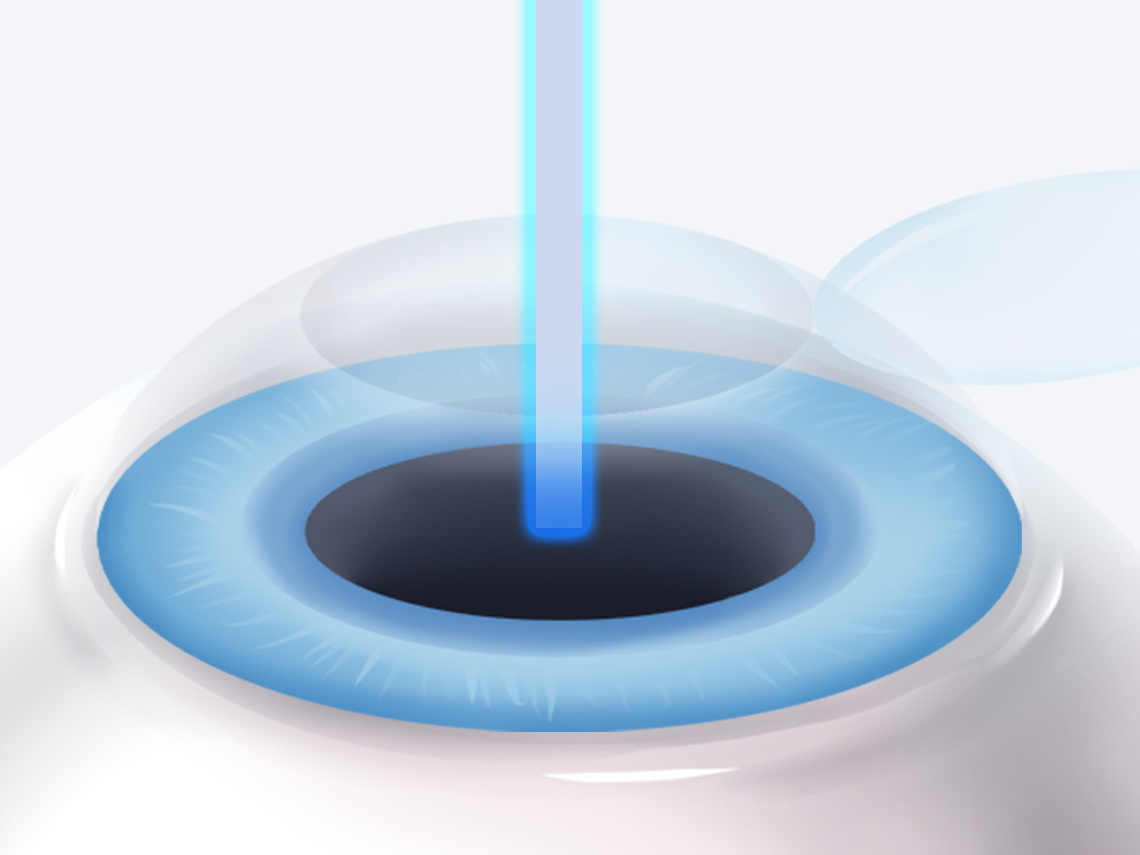How much does laser eye surgery cost?
In general, laser eye surgery can be divided into three types, with the following reference prices: SMILE (small incision lenticule extraction) surgery, priced at approximately 18,000–25,000 yuan per session; LASIK (laser-assisted in situ keratomileusis) surgery, priced at approximately 10,000–16,000 yuan per session; and TransPRK (total surface ablation) surgery, priced at approximately 18,000–25,000 yuan per session. Factors affecting the cost of laser eye surgery include regional differences, equipment sophistication, and individual patient eye conditions.
Different types of laser eye surgery and their reference prices:
Procedure Name |
SMILE (All-Femtosecond Laser Refractive Surgery) |
LASIK (Half-Femtosecond Laser Refractive Surgery) |
TransPRK (Total Surface Ablation) |
Reference Price |
18,000–25,000 yuan/session |
10,000–16,000 yuan/session |
18,000–25,000 yuan/session |
Principle |
Uses femtosecond laser to create a corneal lenticule, which is removed through a small incision to alter corneal curvature |
Femtosecond laser creates a corneal flap, followed by excimer laser ablation of the cornea to correct vision |
Entirely laser-based corneal ablation to change corneal thickness and curvature for vision correction |
Illustration |
|
|
|
Suitable Candidates |
Individuals aged 18–50 with myopia up to 1000 degrees and astigmatism up to 500 degrees |
Individuals aged 18–50 with stable refractive status (refractive error increase no more than 0.50D per year) and central corneal thickness greater than 450μm |
Patients aged 18–50 whose corneal thickness is insufficient for SMILE or LASIK procedures |
Recovery Period |
1–2 days |
1–2 days |
3–5 days |
Duration of Effect |
25–30 years |
25–30 years |
25–30 years |
Advantages |
1. High precision |
1. Broad correction range, suitable for patients with mild to high myopia and astigmatism |
1. Preserves corneal tissue |
Potential Risks |
1. Fluctuating vision |
1. Nighttime glare/halos |
1. Reduced night vision |
Factors influencing price:
1. Regional Differences
The level of economic development, local cost of living, and distribution of medical resources all affect the pricing of laser eye surgery. Hospitals in large cities or economically developed regions may charge higher fees compared to those in smaller cities or less-developed areas.
2. Equipment Sophistication
Advanced surgical equipment enhances procedure accuracy and safety but increases operational costs. Consequently, clinics using state-of-the-art technology typically charge higher fees. Patients should evaluate a hospital’s equipment—checking whether it is advanced and certified—to make informed decisions.
3. Patient Eye Conditions
A patient's ocular health significantly impacts the cost. More complex cases—such as thin corneas, high myopia, or coexisting eye diseases—increase surgical difficulty and risk, leading to higher treatment costs.
When choosing a surgical option, patients should consider both their individual eye conditions and financial circumstances, and seek treatment at reputable, professional ophthalmic hospitals.









